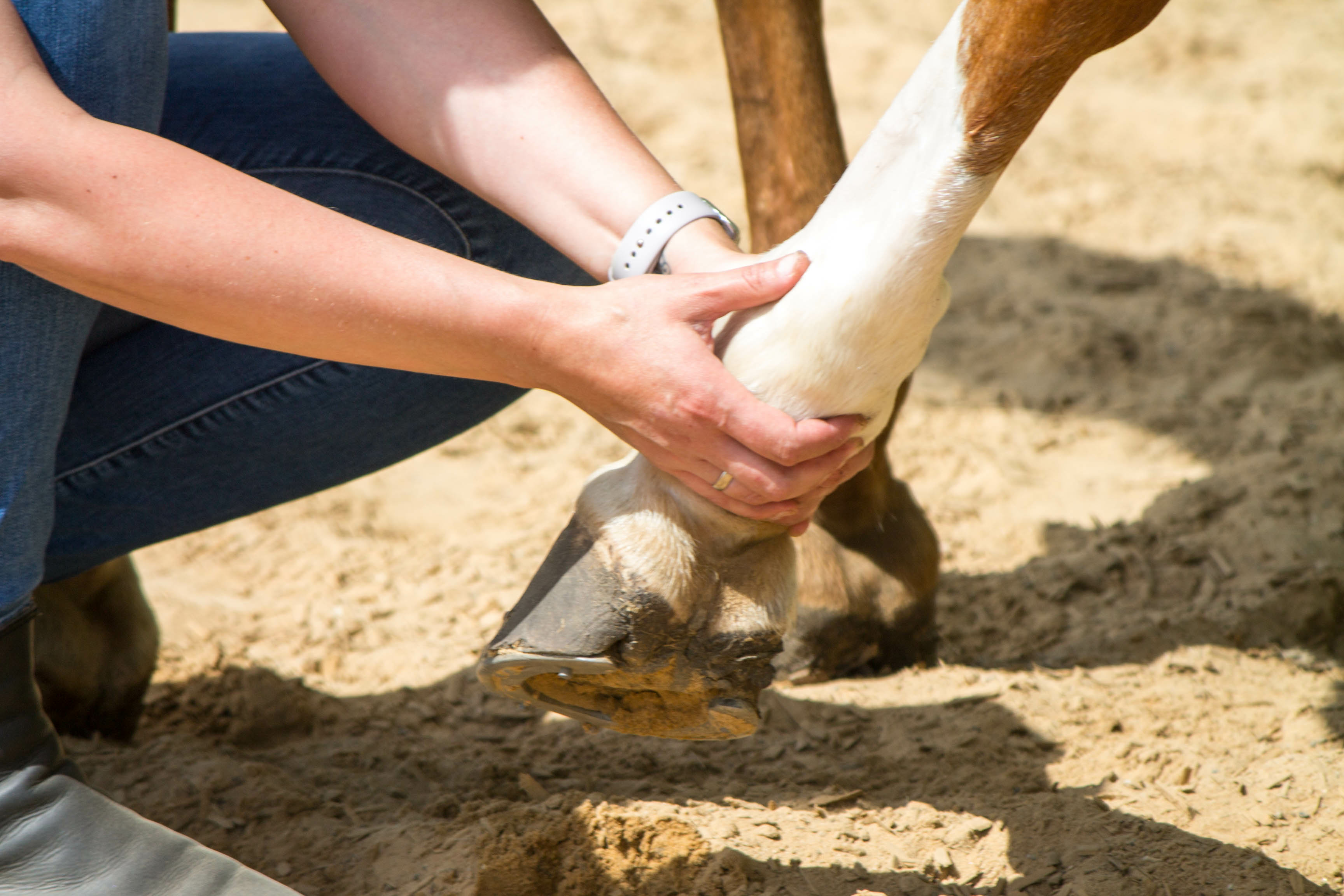Experienced horse owners can care for many minor scrapes and cuts on their own. But wounds that are more complicated or severe will heal more efficiently if a veterinarian is called in sooner rather than later. If in doubt about the seriousness of a wound, do not hesitate to call for help. Here are some of the factors that can complicate healing of a horse’s wound:

• Size. The length and width of a wound can affect how well it will heal, but depth is a particular concern. Serious infections can develop when deeper wounds heal over at the surface, trapping pockets of bacteria under the skin. Underestimating the depth of a wound is a common mistake. Call your veterinarian if you aren’t sure how deep a wound is.
• Age. Even a small wound that goes undiscovered or untreated for more than eight hours can harbor significant bacterial growth that increases the risk of infection and other complications.
• Bruising. Traumas such as kicks or collisions are likely to cause significant bruising in the tissues surrounding the wound itself. Extensive bruising can complicate healing of a horse’s wound.
• Complexity. A straight cut from a sharp object will heal more readily than torn flesh with ragged edges.
Where is your horse’s wound?
• Location. Wounds on the lower leg aren’t as likely to be life threatening, but their proximity to muck and dirty bedding increases the risk of contamination and infection. Wounds to the abdomen and neck may be more serious if bleeding cannot be controlled or an abdominal wound is deep enough to introduce infection to major organs. Any head wound that is more than skin deep is serious.
• Contamination. Foreign material embedded in a wound—such as gravel, splinters, dirt or hair—can introduce infection and slow healing. Sometimes, the debris may not be visible at the surface of the wound. Ask your veterinarian to examine any wound that does not heal as expected.
Don’t miss out! With the free weekly EQUUS newsletter, you’ll get the latest horse health information delivered right to your in basket! If you’re not already receiving the EQUUS newsletter, click here to sign up. It’s *free*!








